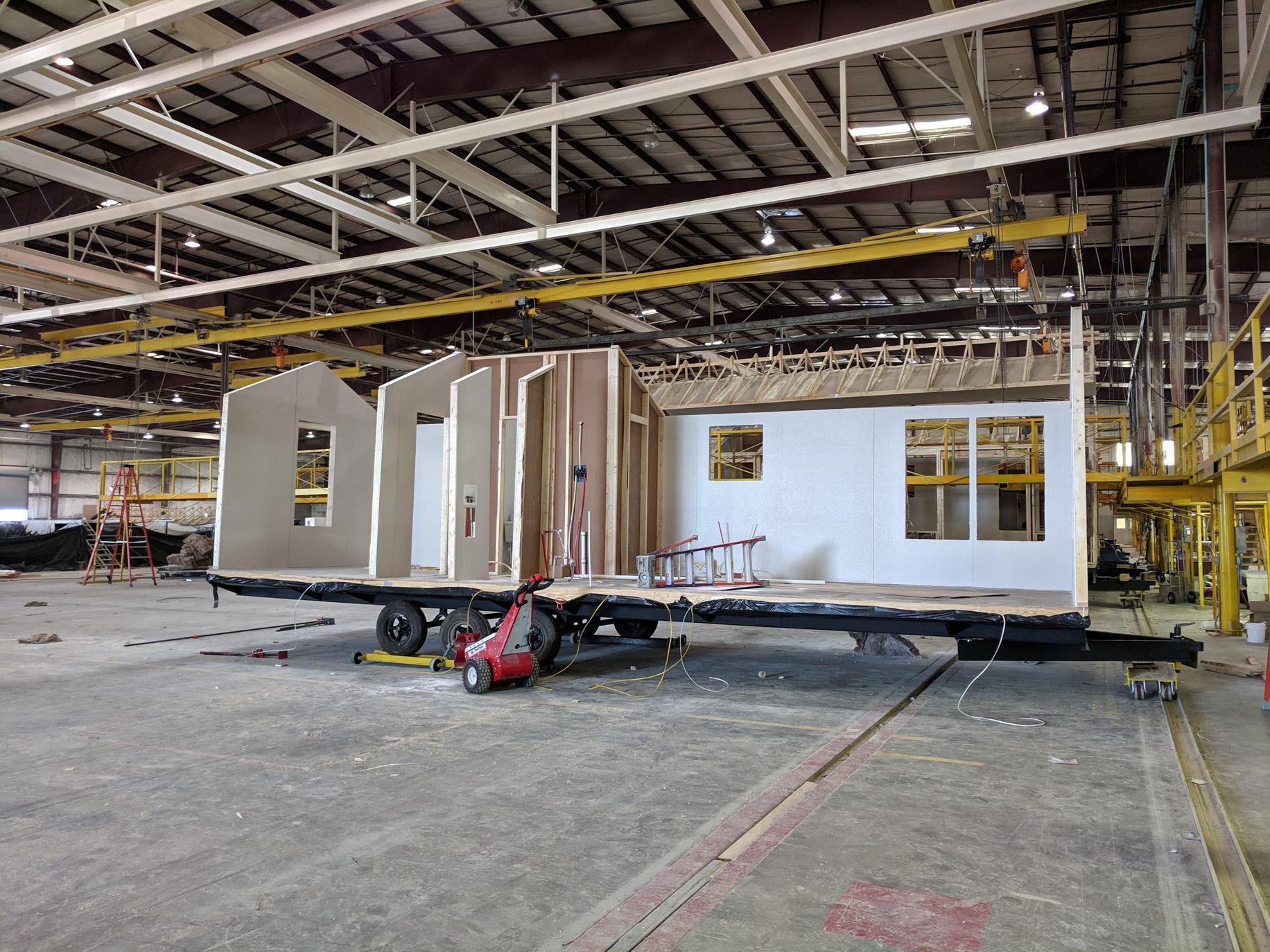
In 2011, Kentucky-based social entrepreneur Stacey Epperson set out to address the shortage of safe, affordable housing, a problem she knew well from her upbringing in rural Appalachia. “I looked at a problem and tried to find a solution,” Epperson says of her decision to start Next Step Network, a catalyst organization that now works nationally. “To me that meant finding ways to build high-quality, ENERGY STAR® manufactured homes, preparing and supporting families with good homebuyer education and counseling, and finding them a fair loan.”
Next Step Network, now with IKEA as a collaborator, connects home buyers with quality affordable … [+]
In the years since, Epperson has been doing exactly this, an effort that has required collaboration with lenders, other citizen (non-profit) organizations, and companies. Why so many partners? Because Epperson’s driving question, the question many leading social entrepreneurs like her ask, is big. It’s about changing practices across industries, changing entire systems.
To this end, Epperson joined a partnership offering of IKEA Social Entrepreneurship last year called Dela. Structured as a several-month accelerator, the effort matches social entrepreneurs across industries and geographies—24 entrepreneurs so far—with Ashoka systems change experts, thought partners from other organizations and companies and over 200 staff innovators within IKEA. The experience, including the matching, is curated to spark expertise exchange and mutual learning that flows both ways—from citizen sector innovator to business, and vice versa. The result is a cross-sector team focused on addressing systems-level issues that impact society.
To learn more about the promise of this kind of collaboration, we spoke with Epperson and Rob Olson, Chief Operating Officer of IKEA U.S., who oversees the overall business direction for the retail locations, in addition to business development and expansion.
Ashoka: Why is a systems-change lens important—beyond direct service?
Click image to see the journey of collaboration.
MORE FROMFORBES ADVISOR
Stacey Epperson: Citizen-led organizations like Next Step bring insight about potential customers currently excluded from the market for any number of reasons. But scalability is a big challenge for many of us, for whom direct service models will always be constrained by time, resources, and capacity. One organization (or even a group of organizations) can reach only so many people. Alternatively, systems-change strategies allow us social entrepreneurs to pursue our missions in a far more comprehensive way. That said, these approaches are not always easy. Corporate partners such as IKEA can act as key accelerants, lending brand influence, capital, and market share.
Ashoka: How are such cross-sector collaborations mutually reinforcing?
Rob Olson: At a basic level, companies can partner with social entrepreneurs through their corporate social responsibility focus. This will help build their brand affinity with customers and better position them among their competition. But with the Dela experience, we at IKEA are working to create shared value, to co-create systems change. This is a very different approach and end point. We match with social entrepreneurs who align with our company’s vision and/or product focus—for example, IKEA is working to become a fully circular company by 2030. Social entrepreneurs like Stacey have insights and expertise to contribute to our company’s journey, even as we help her team at Next Step build out its strategy. Our visions are closely aligned and mutually reinforcing, and the design of the experience draws out this complementarity.
Epperson: Yes, and I’d add that Dela offers a curated approach for aligned companies to collaborate with citizen sector (nonprofit) partners to build impactful strategies. As Rob says, this is different from many philanthropic models, where reporting serves as the backbone for rigid grantor/grantee relationships. Here, we create a collaborative feedback loop—where all parties are active collaborators in advancing a systems-change strategy.
Ashoka: Rob, has your idea of how companies can pursue transformative social change evolved through this experience?
Olson: Yes. I previously looked at our social impact at IKEA as having a one-way focus from corporate to social change and mostly as donation of product, money or time. Now I see it as a two-way street where we collaborate to create win-win solutions that make society better.
Ashoka: Stacey, from your vantage point as a social entrepreneur, what other shifts are needed, and possible?
Epperson: There is a big push for corporations to better serve the communities they work in. Oftentimes, philanthropic programs—even if well-intentioned—end up feeding the traditional direct service model that is focused on outputs as opposed to outcomes. With Dela, companies are active partners in building out a systems-change strategy through the lens of the nonprofit partner. Through participation, corporate partners communicate directly with experts on the ground, and gain insight into how to apply philanthropic and volunteer efforts. Conversely, citizen organizations like ours gain insight and market intelligence from participating corporate partners. In this way, strategies can be developed that catalyze systems change, as well as open the potential for new and innovative lines of business.
Ashoka: Systems thinking is deeply rooted in the Dela experience, and in the work of the participating social entrepreneurs. Rob, how is this relevant to your work at IKEA?
Olson: Systems thinking can be used to catalyze many shifts in society. I think of it as a tool, a mindset, that allows us to challenge the existing way and find the transformational change.
The article was originally posted at: %xml_tags[post_author]% %author_name% Source%post_title%
